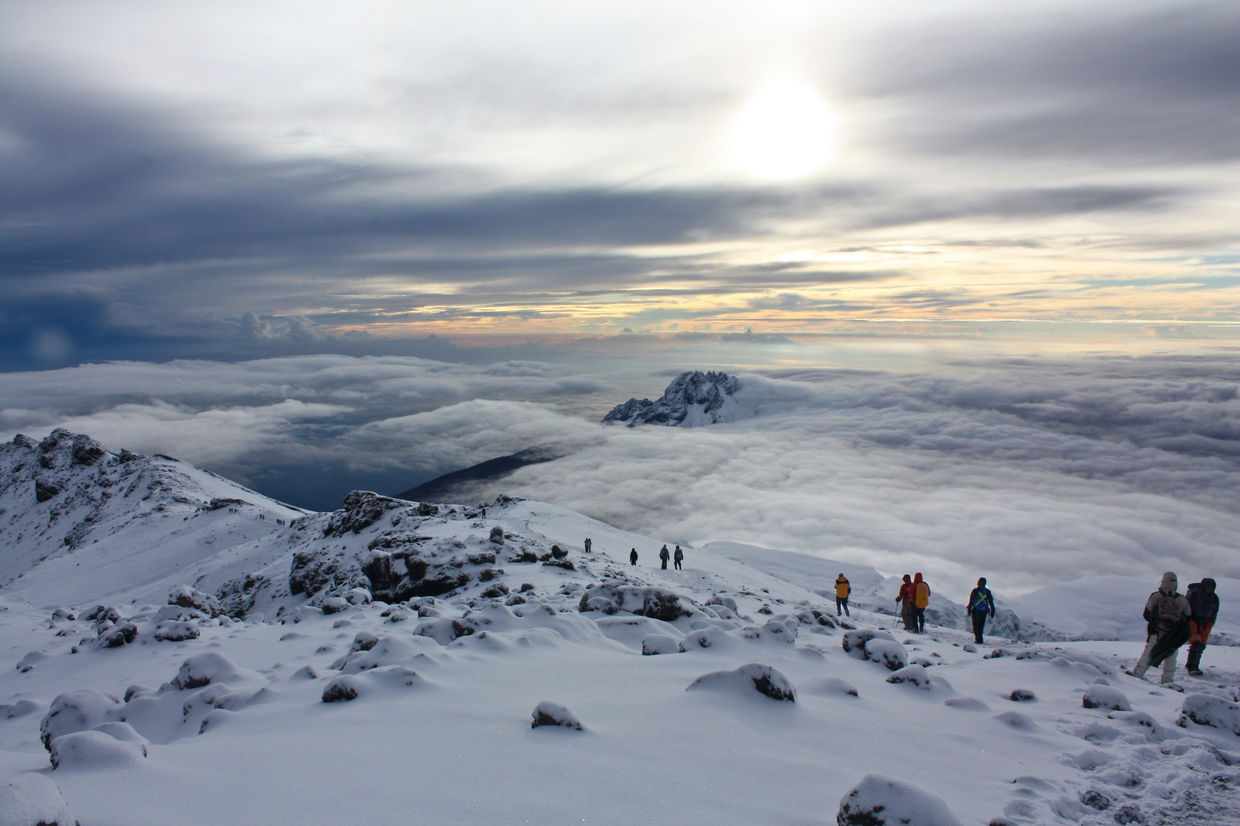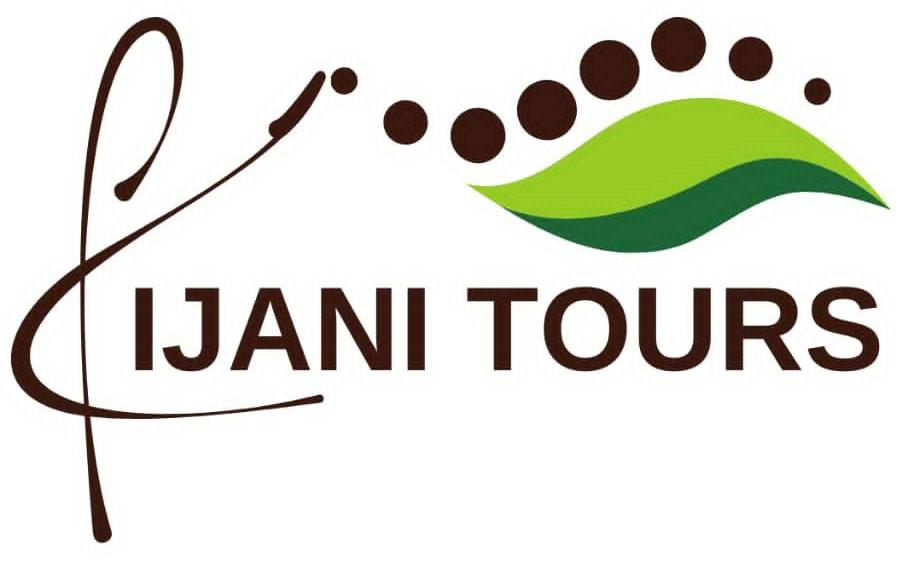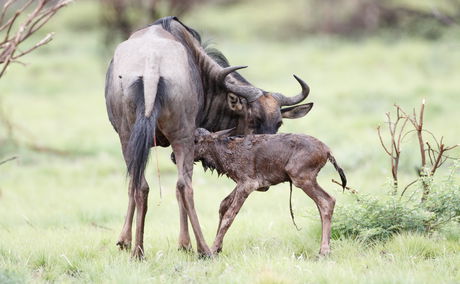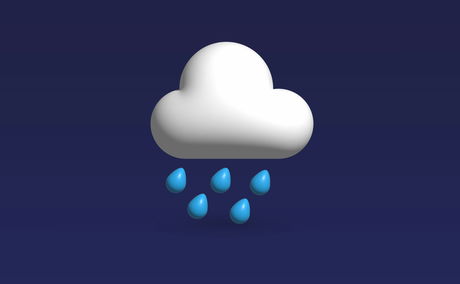The Serengeti–Mara ecosystem in Tanzania and Kenya hosts the annual 650 km Great Migration of wildebeests from the Masai Mara to Ndutu for calving season. As herds graze, they enrich soils, nurture biodiversity, and prevent overgrazing, sustaining the entire ecosystem. From calving (January–March) to crossings at the Grumeti River and return to the Masai Mara by September, their cycle weaves through diverse habitats. This dramatic natural event is vital for ecological health...
Mount Kilimanjaro Frequently Asked Questions

Planning to climb Mt. Kilimanjaro with Kijani Tours? Our Frequently Asked Questions section covers everything you need to know for a successful adventure. From the best time to climb and route options to packing essentials and altitude sickness prevention, we have got you covered. Learn about the importance of acclimatization, the role of professional local guides, and tips for a safe and enjoyable climb. Whether you are a seasoned hiker or a first-time adventurer, our FAQs provide valuable insights to help you prepare for an unforgettable journey to the roof of Africa.

1. What is the best time to climb Mt. Kilimanjaro?
The best time to climb Mt. Kilimanjaro is during the dry seasons, which are from late June to October and from late December to February. These periods offer the most stable weather conditions and clear skies.
2. How difficult is it to climb Mt. Kilimanjaro?
Climbing Mt. Kilimanjaro is challenging but achievable with proper preparation. The trek involves long days of hiking and high altitudes, but no technical climbing skills are required. Physical fitness and mental determination are key.
3. What routes are available for climbing Mt. Kilimanjaro?
There are several routes to choose from, including Marangu, Machame, Lemosho, Rongai, and Northern Circuit. Each route varies in terms of scenery, difficulty, and duration. Kijani Tours can help you select the best route based on your preferences and experience.
4. How long does it take to climb Mt. Kilimanjaro?
The duration of the climb depends on the route chosen. Most routes take between 5 to 9 days. Longer routes allow for better acclimatization and increase the chances of reaching the summit.
5. What should I pack for the climb?
Packing the right gear is crucial for a successful climb. Essential items include layered clothing, sturdy hiking boots, a warm sleeping bag, a daypack, and a hydration system. Kijani Tours provides a detailed packing list to ensure you are well-prepared.
6. Do I need a guide to climb Mt. Kilimanjaro?
Yes, it is mandatory to climb Mt. Kilimanjaro with a licensed guide. Kijani Tours offers experienced local guides who are knowledgeable about the terrain, weather, and safety protocols, ensuring a safe and enjoyable climb.
7. What is altitude sickness and how can I prevent it?
Altitude sickness occurs when your body struggles to adjust to lower oxygen levels at high altitudes. Symptoms include headaches, nausea, and dizziness. To prevent altitude sickness, it is important to acclimatize properly, stay hydrated, and follow your guide's advice.
8. What is the success rate for reaching the summit?
The success rate for reaching the summit varies depending on the route and the number of days spent on the mountain. Longer routes with more acclimatization days have higher success rates. On average, the success rate is around 85%.
9. What kind of food is provided during the climb?
Kijani Tours provides nutritious and energy-rich meals to keep you fueled throughout the climb. The menu includes a variety of soups, pasta, rice, vegetables, and fruits. Special dietary requirements can be accommodated with prior notice.
10. How do I prepare physically for the climb?
Physical preparation is essential for a successful climb. Engage in regular cardio exercises, strength training, and practice hikes with a weighted backpack. Building endurance and leg strength will help you handle the long days of trekking.
11. Is it safe to climb Mt. Kilimanjaro?
Climbing Mt. Kilimanjaro is generally safe when done with a reputable tour operator like Kijani Tours. Our guides are trained in first aid and altitude sickness management, and we prioritize your safety throughout the journey.
12. What is the importance of keeping Mt. Kilimanjaro clean?
Preserving the natural beauty of Mt. Kilimanjaro is crucial. Climbers are encouraged to follow the "Leave No Trace" principles, pack out all trash, and respect the environment. Kijani Tours is committed to sustainable tourism practices to protect this iconic mountain for future generations.
These FAQs should help you prepare for an unforgettable adventure on Mt. Kilimanjaro with Kijani Tours. If you have any more questions, feel free to reach out at the following email address
Adventure with Impact: Experience Tanzania Through Kijani Tours
Tanzania has a stunning landscape, rich culture, and wildlife for family safaris. See elephants in the Serengeti and explore Ngorongoro Crater’s ecosystems. Go on guided tours with expert rangers, see cheetahs running and giraffes eating, and visit Maasai villages. Family-friendly accommodations and personalized safari packages. Tanzania has adventure, education, and bonding in a beautiful natural setting—memories for all.
Weather timing is key: clear Serengeti skies for wildebeest migration and Zanzibar’s dry season for beach bliss. Choose the perfect season to dive into Tanzania’s diverse ecosystems and vibrant local cultures. Let sunlit days and gentle evening breezes craft unforgettable safari and seaside memories.




Share This Post